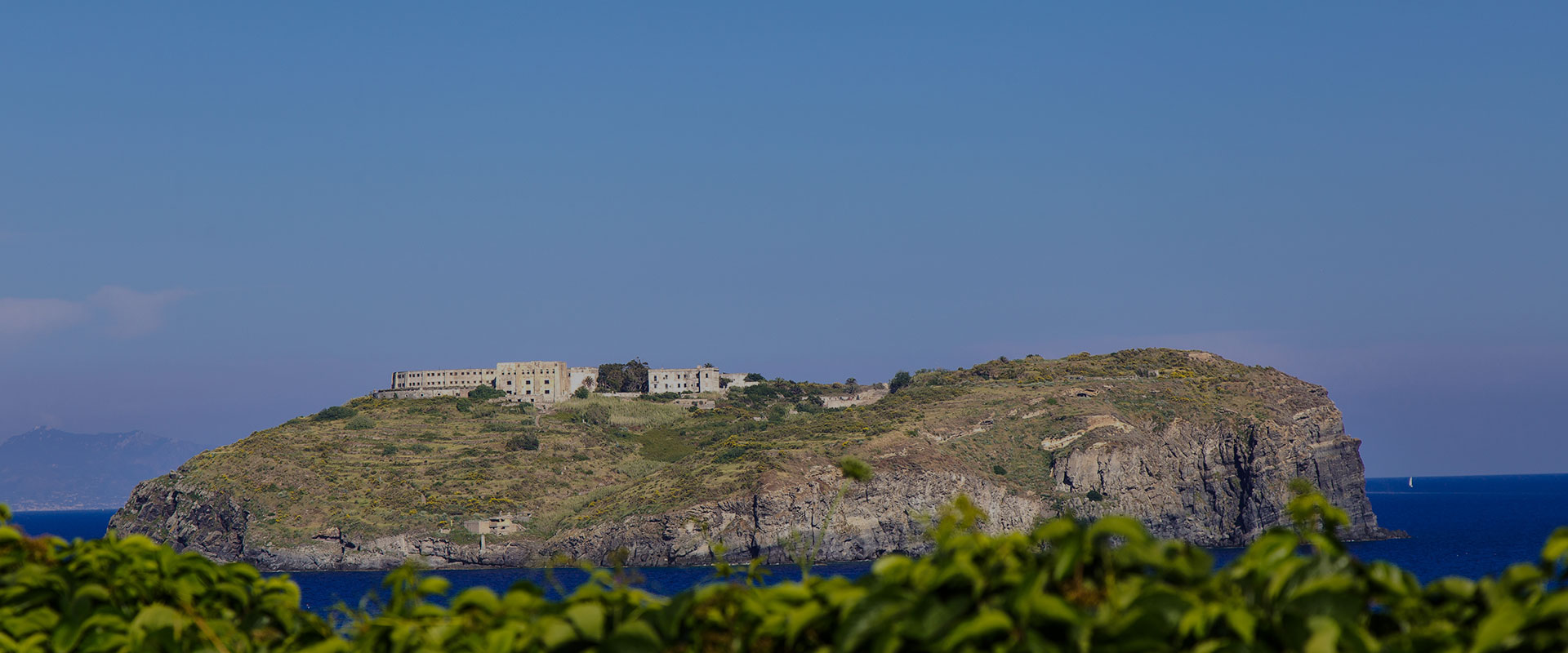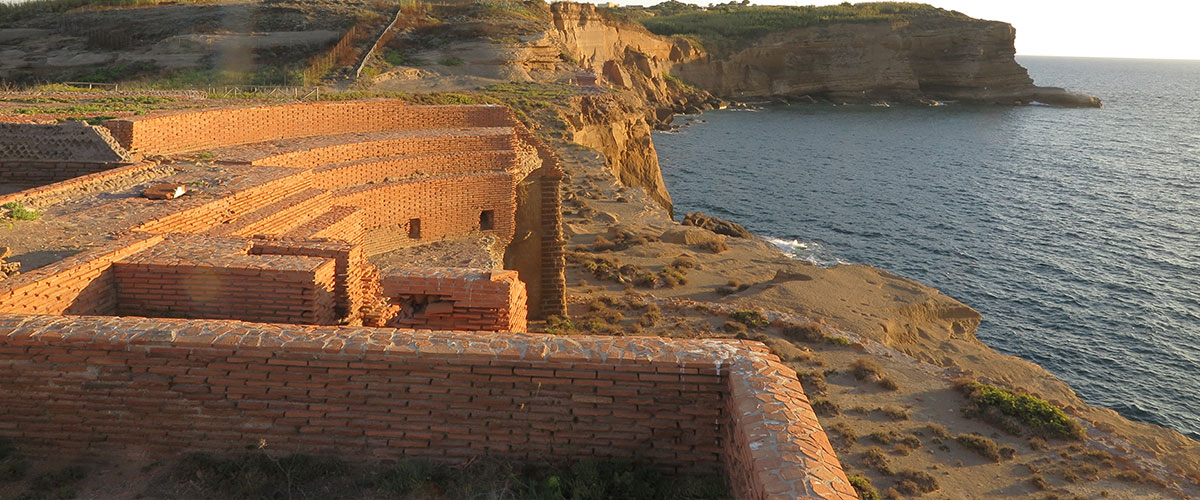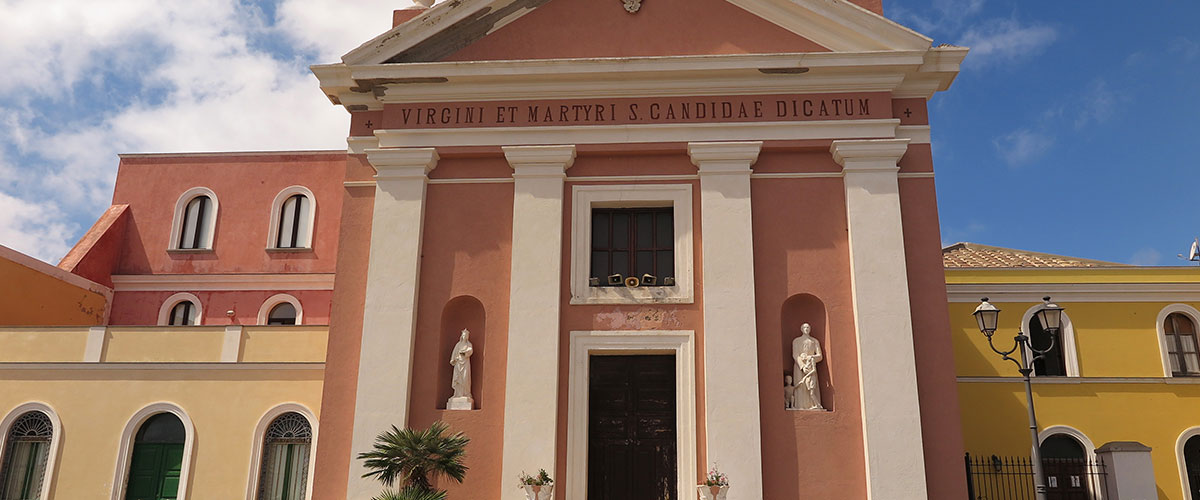
The History Of Ventotene
The origins of the name
The first ones to give the island a name were the ancient Greeks. They called it Pandataria or "dispenser of everything," for the particular fertility of its land and the location strategically close to the mainland. In fact, they used it as a point of support during long trips at sea but they never inhabited it despite the lack of fresh water sources. The name later changed to Pandatera in late Roman times and to Bentilem during the siege of the Saracen pirates in the ninth century. Middle Ages came Vendutena, Vetotiene, Ventatere, and then came the name currently in use that began to spread in the twentieth century.

A Boundary Island
It was the Romans who made Ventotene an inhabitable island, thanks to the construction of a very efficient system of cisterns. The island then became the privileged place for the otium (place of relaxation) of the emperor Caesar Octavian Augustus who in 2 BC confined his daughter Giulia to it for the debauchery that characterised her life, made up of betrayals, glitz and scandals. But Giulia was only the first of a long series of illustrious characters who resided forcibly in Ventotene. In fact, Agrippina Maggiore, Flavia Domitilla and Claudia Ottavia also followed her, as well as several political figures in later eras. With the advent of the Bourbons, in the eighteenth century, the famous Santo Stefano Prison was built, which continued to host political opponents even during the fascist period. Of the more than two thousand prisoners, was the exile of Sandro Pertini, Andrea Terracini and Altiero Spinelli, co-authors of the Ventotene Manifesto, a treatise that anticipates the concept of a united Europe.


